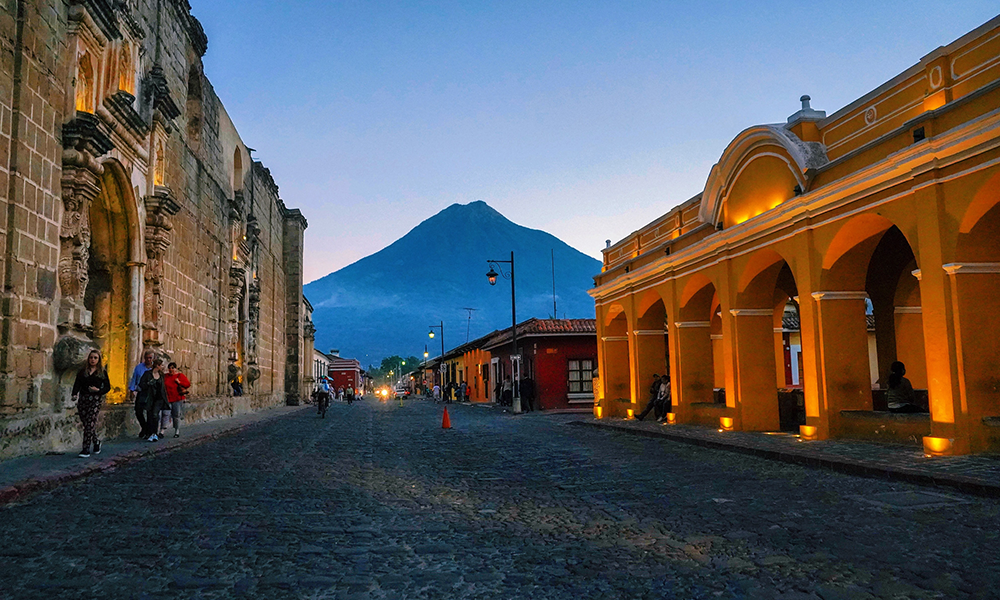América Latina y El Caribe Guatemala is on high alert following a series of earthquakes that rocked the nation, leaving a trail of destruction in their wake. The seismic activity, with magnitudes reaching up to 5.6, struck various regions, causing damages to homes, road collapses, and prompting preventive evacuations across several departments.
As the clock struck 4:58 PM, the orange alert was declared—a signal for resources to mobilize swiftly to address disasters and coordinate efforts with municipal and departmental authorities. The situation unfolded on July 8th, 2025 at 9:47 PM local time.
The Institute of Seismology, Volcanology, Meteorology and Hydrology (Insivumeh) reported that the initial earthquake hit at 3:11 PM local time with a magnitude of 5.2. Its epicenter located in Escuintla, four kilometers from Palín city at a depth of 35 kilometers—sending tremors through the region.
“In times like these when nature strikes unexpectedly hard, it’s crucial for communities to come together,”
expressed a spokesperson from the Coordinadora Nacional para la Reducción de Desastres (Conred). The organization wasted no time in escalating its national alert status to mitigate emergencies stemming from the seismic unrest.
Within just 40 minutes after the first quake, another powerful tremor measuring 5.6 rattled Escuintla again—an event that further escalated fear among residents already on edge. Subsequent quakes followed suit—one registering at 3.5 magnitude in Escuintla and another hitting Sacatepéquez at 4.6 magnitude.
By nightfall at seven o’clock in the evening, Insivumeh had documented no less than eleven earthquakes primarily centered around Escuintla and Sacatepéquez regions—shallow depths amplifying their impact significantly.
Conred sprang into action activating nationwide monitoring protocols to assess damages promptly while ruling out any casualties—a top priority amidst reports of structural collapses in San Vicente Pacaya and Escuintla areas.
In Sacatepéquez district along the road to San Cristóbal El Alto, a person found themselves buried under debris following a landslide but was fortunately rescued by volunteer firefighters—their timely intervention saving lives during this crisis.
Roads weren’t spared either as landslides obstructed traffic flow on routes CA-09-SUR in Palín and RD-GUA-16-02 between Bárcenas and Santa Lucía Milpas Altas—prompting immediate cleanup operations by authorities.
President Bernardo Arévalo took charge leading emergency response efforts from Conred headquarters—a beacon of hope during these trying times that demanded calmness among chaos.
“The safety of families reigns supreme,”
emphasized President Arévalo during a press briefing held at half-past five.
Minister of Governance Francisco Jiménez directed National Civil Police forces to offer swift assistance—setting an example for swift government action amid adversity.
“The current orange alert signifies concerted efforts are underway to tackle disasters head-on by pooling resources effectively across all levels,”
stressed Conred officials urging citizens to prepare emergency kits for up to seventy-two hours duration while familiarizing themselves with evacuation routes—with quick reporting mechanisms via hotline number 119 established for prompt emergency responses.
As experts delve deeper into analyzing this seismic sequence unraveling before them—it serves as a stark reminder that Guatemala rests within an earthquake-prone region where tectonic activities run rampant like silent whispers beneath our feet.
Stay tuned only through official channels advised authorities cautioning against misinformation—instilling confidence amid uncertainty while bracing for potential aftershocks following this recent seismic onslaught.
Ultimately fostering resilience within communities requires unified actions amidst adversities such as these natural calamities challenging us all—but emerging stronger together as one resilient nation facing nature’s fury head-on each day with courage.







Leave feedback about this